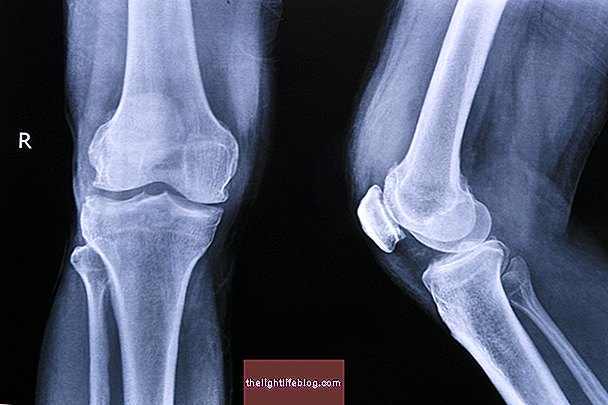What is it?
Tubal ligation, also known as tubal ligation, is a permanent contraceptive method in which the fallopian tubes are cut through surgery, preventing the woman from re-conceiving.
Generally, the tubal ligation is not reversible, however, depending on the type of tubal ligation selected by the woman, there may be a small chance of becoming pregnant again, even after surgery. Thus, the type of tubal ligation should be discussed with the gynecologist to find the best solution for the woman.


Who can do tubal ligation
In Brazil, it is possible to have a tear through the SUS in cases of women over 25 years old or with 2 or more children, for example. Most of the time, the woman can do the tubal ligation after the cesarean section, avoiding having to have another surgery.
Advantages and Disadvantages of Tubal Ligation
Some advantages of tubal ligation include:
- Permanent contraceptive method;
- Almost no risk of getting pregnant;
- It is not necessary to use other contraceptive method;
- No need for revision after surgery.
However, this type of contraception also has some disadvantages such as needing to be done through surgery and, therefore, causing surgical complications such as hemorrhage, infection or injury to other internal organs, for example.
How is the ligature
Tubal ligation is done through surgery that blocks the woman's fallopian tubes, preventing the junction between the ovum and the sperm.
To do this, the doctor may put on a ring that clogs the tubes or make a cut, for example, however other methods include burning a part of the tubes, using titanium clips or using suture.
After the catheter surgery, the woman should not have intimate contact and should avoid doing heavy tasks, such as cleaning the house or going to the gym, for about 3 weeks.

























